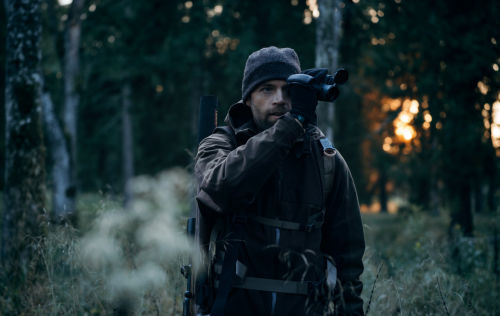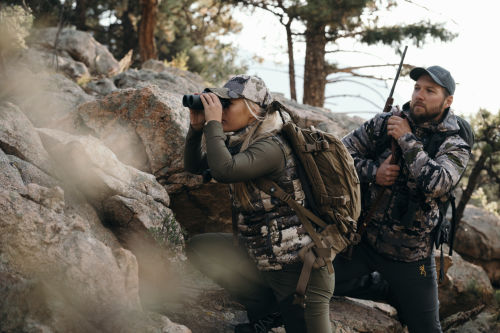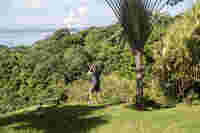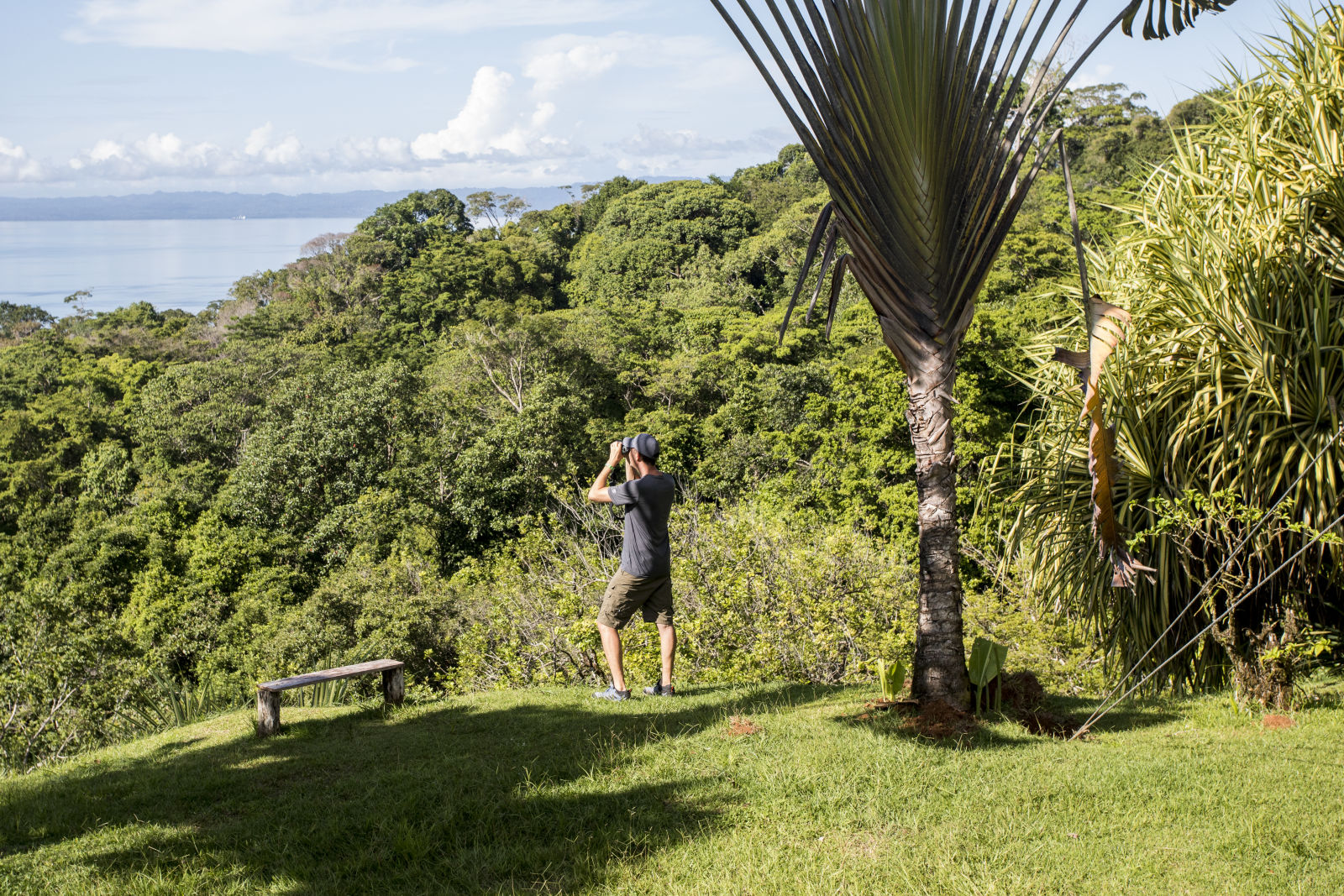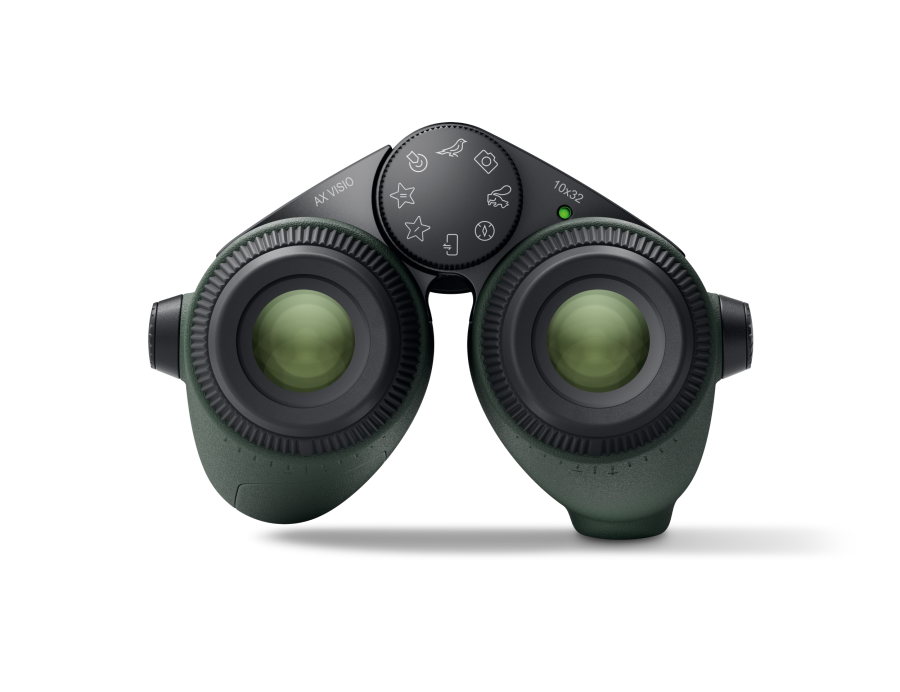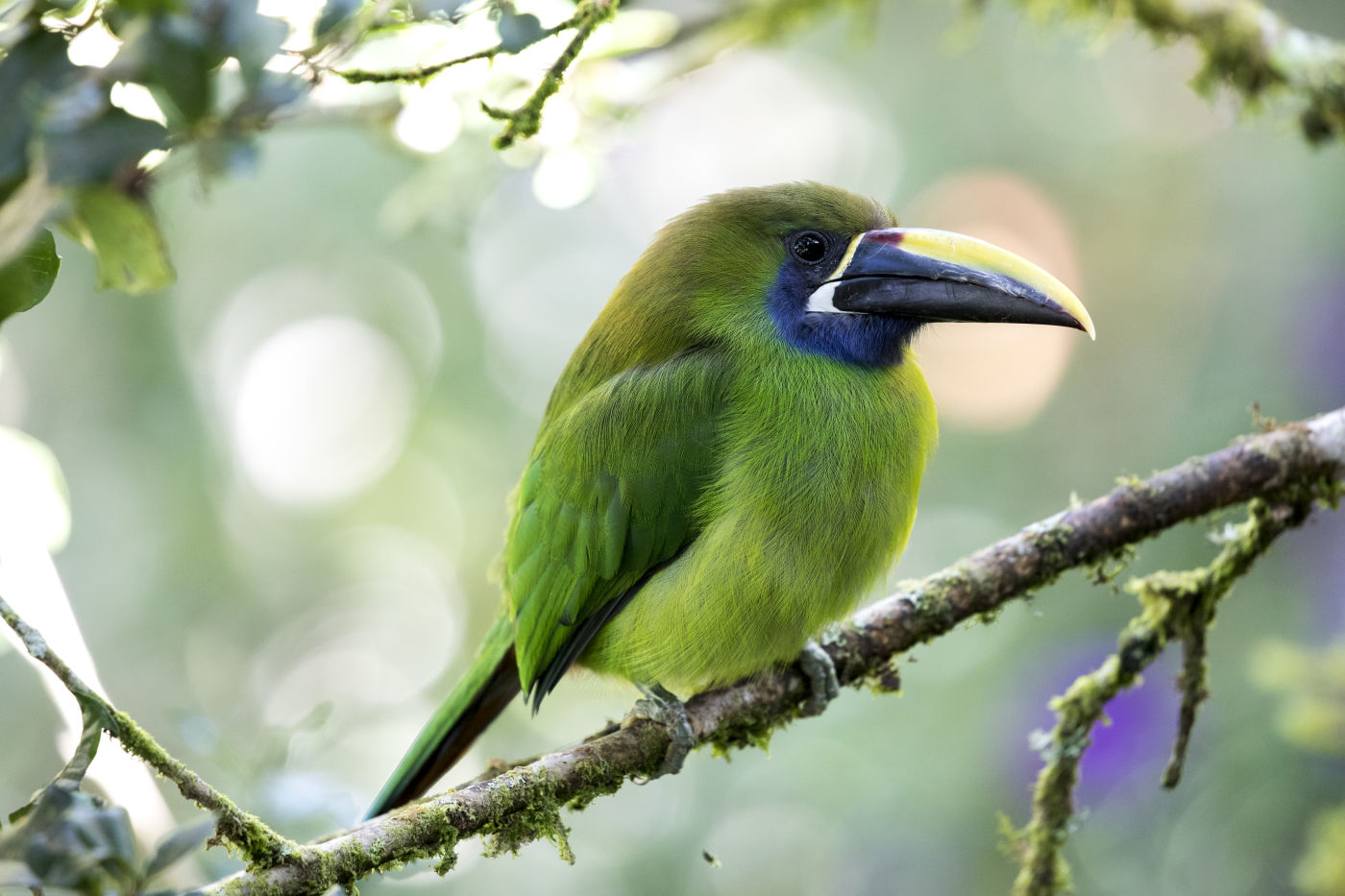I recently tested the AX Visio during a trip to southwest Costa Rica. Even before trying it out for the first time, I had so many questions: What would it be like to use binoculars that can identify birds? Would I enjoy the experience or would my established birding habits get in the way? What unexpected benefits might there be? Would there be any drawbacks?
These were the thoughts I had on the first evening as I charged batteries for a pair of binoculars for the very first time!
Before heading out into the field, I decided to familiarize myself with the AX Visio around the lodge. The AX Visio has a built-in camera that can capture still or moving images of birds. Still images are run through Merlin Bird ID's bird identification software. Looking through the binoculars' eyecups, there is a heads-up display that displays the interface. Although this took some getting used to at first, I quickly and intuitively learned how to feed the system's camera with the right image quality to make an ID. At breakfast, I made my first ID of an orange-billed sparrow!
Now that I was more familiar with how the system worked, I decided to go out into the field. I spent my first morning birding with the AX Visio driving slowly down a dirt road leading to the Pacific Ocean. Using my rental car as a blind, I was able to practice using the AX Visio without flushing any birds. The AX Visio easily identified a number of common open-country species such as gray-cowled wood rail, tropical kingbird, southern lapwing, bare-throated tiger heron, and scarlet macaw.
The novelty of birding with assisted identification was extremely enjoyable. Any initial concerns I had that the digitally assisted experience would somehow usurp the joys of analog birding were quickly forgotten as I experimented.



After concentrating on open-country birding the first morning, I decided to try the AX Visio in a more demanding environment: lowland tropical rainforest.
Getting consistent IDs with the AX Visio in this environment was more of a challenge. In the rainforest birds moved faster, were often obstructed by leaves or branches, or were observed in low light. This, however, is where the AX Visio's other unique features come into play: Even if the system is not able to make an immediate field ID, the AX Visio still takes a record of the bird observed through the binoculars for later ID. There were several times during the first morning when this feature came in handy for tricky species of similar-looking woodcreepers.
The rainforest was also a great place to try out Share Discoveries. This feature allows the user to digitally mark a spot in the tree where a bird is perched. The binoculars can then be handed to a friend and the system will use arrows to guide the second user to the bird's location. The possibilities of this feature for guides or those birding in a group are truly revolutionary. Now there's no need for a laser pointer or vague descriptions for a tricky-to-locate bird. Once marked, the system does the rest!
By the end of my second morning, I was pleased with my growing familiarity with this augmented form of birding. I was also happy to be carrying just the AX Visio, rather than a pair of binoculars and a separate camera. Moving slowly through the forest without the added weight made for a relaxing morning in the field.

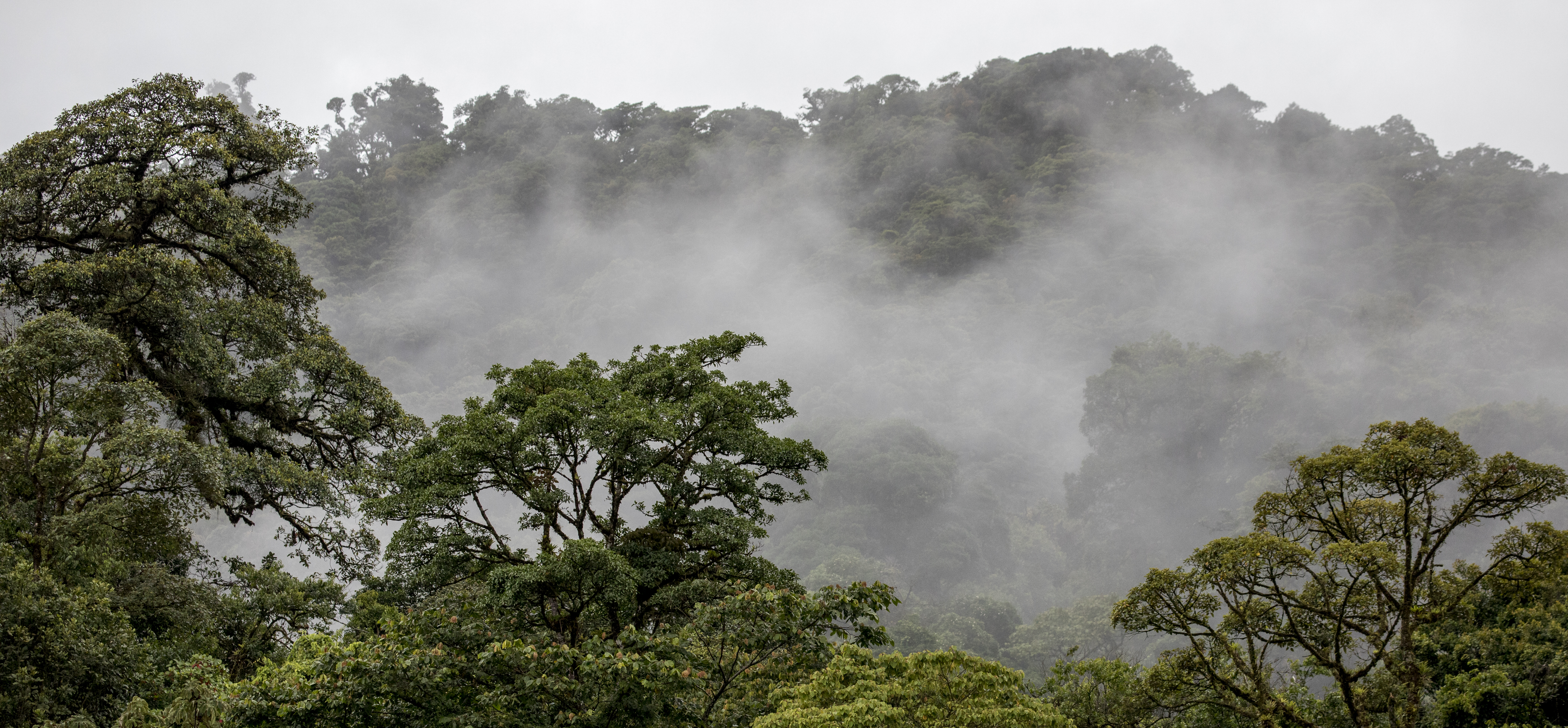
Today I took the AX VISIO to the Finca Cantaros in San Vito, not far from the Panamanian border. This area offered a good mix of forest and open areas.
When birding in a new area, I often rely on the "Explore" function of the Merlin Bird ID app as a digital and portable bird guide. In the field, this often means using my smartphone as a reference while observing with my binoculars. At its best, the AX Visio allows the traveling birder to focus on the birds without having to switch between the smartphone, camera, and binoculars. Best of all, the AX Visio gave me access to these sightings on my smartphone screen, so I could identify a tricky bird at my leisure, either back at the lodge or while traveling. So while I had the option to use my Smartphone in the field, it wasn’t a must!
As a result, the more familiar I became with the AX Visio, the more "in the moment" I felt while using the system. There have been countless times in the field when I've had only a split second to observe a bird. Then comes the difficult decision of whether to attempt an ID photo or to make a mental note of field markings. The AX Visio allows me to do both without losing sight of the bird. This has been particularly useful when observing tricky or dull Tyrant Flycatchers, Vireos, or Wood Warblers.

The AX Visio was full of surprises. Even without the digital interface, it is a superb pair of binoculars with incredible optics. It allowed me to observe, identify and document birds in a whole new way. The more familiar I became with the AX Visio, the more I came to appreciate its unique advantages.
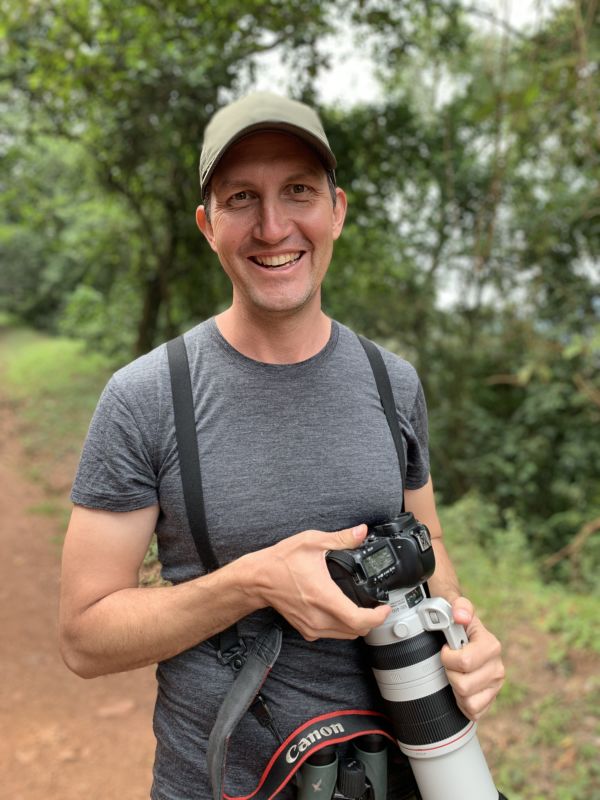
About the author
Rick Bateman
Rick Bateman doesn’t go anywhere without his binoculars. As a writer, photographer, and world birder, he’s always searching the skies, even when not traveling.
